Plants Care is a rewarding and therapeutic activity that can transform your living space into a lush, vibrant environment. However, keeping your plants healthy and thriving can sometimes be challenging, especially if you’re new to Plants care or managing different varieties. This article will provide comprehensive Plants care tips and tricks, whether you’re growing indoor plants, maintaining an outdoor garden, or growing specific varieties such as succulents, flowering plants, or herbs.

This article will guide you through essential Plants care tips and tricks that can help you overcome these challenges. You will learn how to provide the best conditions for your plants, whether indoors or outdoors, by understanding important aspects such as watering schedules, soil types, light requirements, and pest control. With this comprehensive knowledge, you’ll be better equipped for all types of plants care ensuring they stay healthy, vibrant, and thriving throughout the seasons.
Understand the needs of your plants

Each plant species has unique needs, from sunlight and water to soil type and moisture level. To properly look for your plants care it is important to understand their specific needs.
Sunlight: Some plants need bright, direct sunlight, while others thrive in low or indirect light conditions. For example, cacti and succulents prefer direct sunlight, while peace lilies and snake plants can grow well in low light. Adjust your plants care as to their light needs, and rotate them occasionally to ensure even growth.
To meet your plants’ lighting needs, it’s important to look at how much natural light your space receives and position your plants accordingly. If the plant isn’t getting enough light, it can become leggy or grow slowly, while too much direct sunlight can cause leaf burn or dehydration. Regularly rotating your plants is another good practice, as it also ensures light exposure, allowing all sides of the plant to grow in harmony and preventing uneven spread towards the light source.
By paying close attention to your plant’s light preferences, you can create an environment that promotes healthy growth and long-term vitality.
Watering: Overwatering is one of the most prevalent blunders in plants care maintenance. Certain plants—like ferns—need moisture all the time, whereas other plants—like succulents—prefer dry soil in between waterings. Examining the top inch of soil is a fair general rule of thumb.
If it’s dry, it’s time to water. Always use pots with drainage holes to avoid root rot, a cruel elements in proper plants care.
• Soil: Choosing the right soil mix is vital to plants care. Cacti and succulents need well-draining, sandy soil while flowering plants prefer a nutrient-rich potting mix.
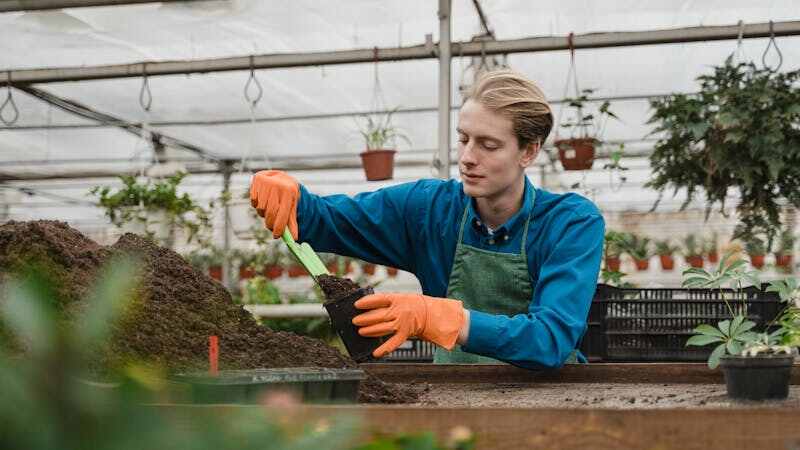
Understanding your plants care process will help soil preferences can prevent common problems like poor drainage or nutrient deficiencies.
Proper watering technique
Proper Plants care involves not only Watering your plants but also can make the difference between a plant that thrives and one that struggles to survive. Here are some watering tips:
• Test the soil first: As mentioned earlier, test the soil by sticking your finger about an inch deep. Water the plant if it feels dry wait a couple of more days if it is still wet.
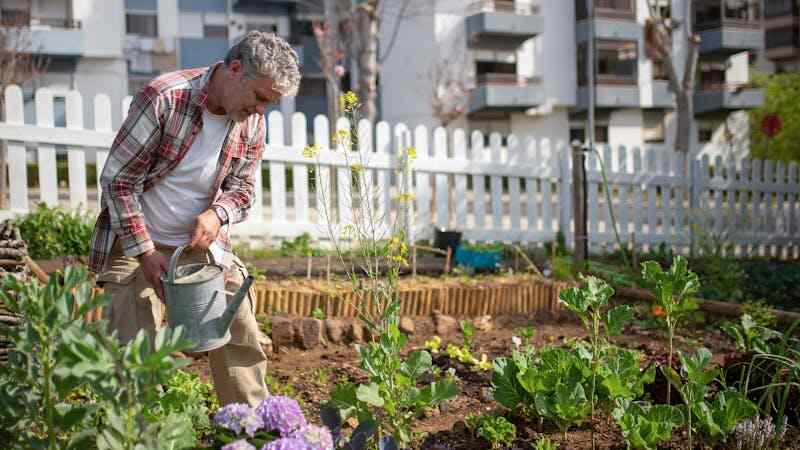
Morning Water: Watering in the morning allows plants to absorb moisture before the heat of the day. This is especially important for plants care , as watering in the evening can create moist conditions that promote fungal growth.
• Water well: Water the plant until excess water drains from the bottom of the pot. This ensures that water reaches the roots of the plants. Light water encourages surface root growth, making plants more susceptible to drought.
Avoid waterlogged soil: If water is pooling at the base of your plant or the soil remains soggy, your plant may be prone to root rot. Make sure you use pots with proper drainage and avoid letting your plants sit in water for too long.
Fertilize your plants

A critical part of successful Plants care is knowing when how to Fertilize your plants and provides essential nutrients to your plants, including nitrogen (for leaf growth), phosphorus (for root and flower growth), and potassium (for overall health).
• Use the right type of fertilizer: Not all plants need the same fertilizer. For example, flowering plants benefit from a high phosphorus fertilizer, while leafy vegetables such as ferns need more nitrogen. Organic fertilizers such as manure or liquid seaweed can provide balanced nutrition to most plants.
• Don’t over-fertilize: Too much fertilizer can burn the roots of your plants and cause yellowing of the leaves. Follow the directions on the fertilizer packaging and reduce the dosage during the plant’s dormant period, usually in the fall and winter months.
• Fertilize regularly: Most plants benefit from monthly feeding during their growing season (spring and summer). For slow-growing plants or succulents, fertilize less frequently, such as every 2-3 months.
Repotting your plants
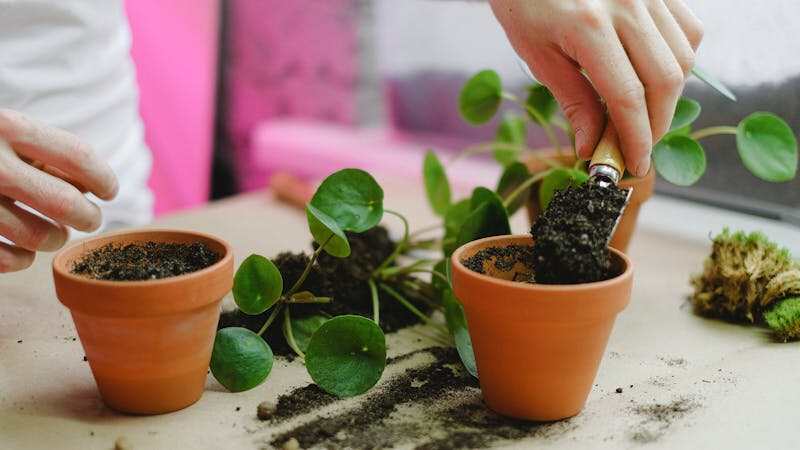
when it comes to Plants care reporting is essential for keeping plants healthy and thriving.Repotting helps refresh the soil and gives plants more room to grow. Here’s how to know when your plant needs repotting and how to do it right:
Signs that your plant needs repotting:
Plant roots sticking out of drainage holes.
The plant has stopped growing or is growing more slowly.
The water drains from the vessel very quickly.
The plant looks top heavy or the pot is dripping.
To meet your plants’ lighting needs, it’s important to look at how much natural light your space receives and position your plants accordingly. If the plant isn’t getting enough light, it can become leggy or grow slowly, while too much direct sunlight can cause leaf burn or dehydration.
Regularly rotating your plants is another good practice, as it also ensures light exposure, allowing all sides of the plant to grow in harmony and preventing uneven spread towards the light source.
By paying close attention to your plant’s light preferences, you can create an environment that promotes healthy growth and long-term vitality.
How to regenerate your plant
1. Choose a pot that is 1-2 inches larger in diameter than the existing one.
2. Gently remove the plant from its old pot, being careful not to damage the roots.
3. Loosen the roots and cut off any that are dead or excessively long.
4. Place the plant in a new pot and fill the space with fresh soil.
5. Water the plant lightly to settle the soil.
6. Dealing with pests: Pests are a common issue in Plants care
Indoor and outdoor plants can attract a variety of pests, including aphids, spider mites, and fungus gnats. To keep your plants healthy, it is important to identify and manage pests early:
• Inspect regularly: Check your plants frequently for signs of pests, such as discolored leaves, sticky residue, or small bugs on the undersides of leaves.
Natural remedies: Use non-toxic methods such as neem oil, insecticidal soap, or a mixture of water and mild dish soap to treat the infection. Spray infested plants thoroughly, concentrating on areas where pests are present.
• Keep your plants clean: Dust and debris can attract insects. Wipe the leaves regularly with a damp cloth to remove dust and prevent spider mite colonies.
• Quarantine new plants: When bringing new plants into your home, isolate them for a few weeks to make sure they are pest-free before placing them near your other plants.
Neem Oil:
What it is: Neem oil is a natural pesticide obtained from the seeds of the neem tree, It interferes with the insects’ life cycle, making it impossible for them to eat and procreate.
How to use: Mix neem oil with water according to package directions, then spray on affected plants. Focus on areas where bugs are visible, including under leaves, where many bugs like to hide. Repeat every 7-14 days as needed.
Insecticidal Soap
What it is: This is a soap-based solution specially formulated to target soft-bodied pests such as aphids and whiteflies.
How to use: Spray the insecticidal soap directly on the affected areas. Be sure to cover the plants well, as this will suffocate the insects. Reapply every few days until the infection is under control.
A mixture of water and mild dish soap
What it is: A simple, home remedy can be effective for mild infections.
How to use: Add a few drops of mild dish soap to a spray bottle filled with water. Spray this solution on the affected plants, concentrating on the insects. Avoid using too much soap, as it can harm the plant if it is too concentrated. Rinse the leaves with water after a few hours to avoid residue build-up.
Pruning and deadheading
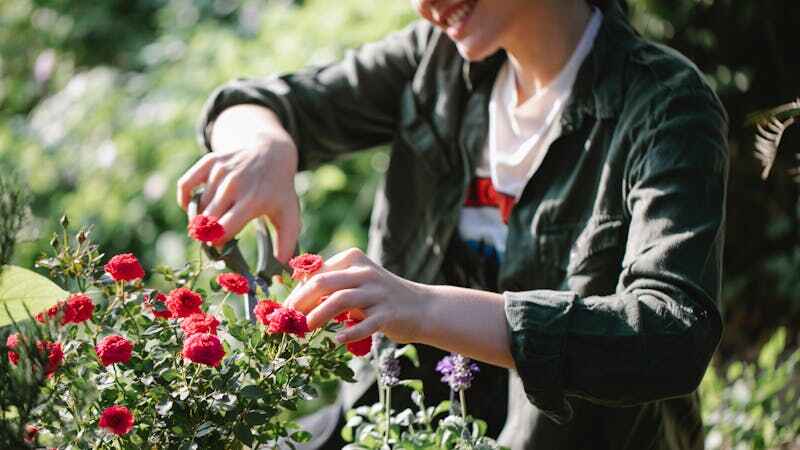
Pruning is essential in Plants care to promote healthy growth and prevent your plants from leggy or overgrowing. Deadheading involves removing spent flowers to encourage the plant to produce more flowers.
• When to Prune: Prune indoor plants such as pothos, philodendrons, and ivy regularly to remove dead or yellow leaves. Prune flowering plants after their blooming season to maintain their shape and promote future growth.
• Pruning method: Cut cleanly just above the leaf node (the point where the leaves grow from the stem) using clean, sharp scissors or pruning shears. Avoid tearing or damaging the plant, as this can make it more susceptible to disease.
• Benefits of deadheading: Removing dead flowers not only improves the plant’s appearance but also encourages it to direct its energy toward producing new flowers rather than seed production.
Provide Moisture
Some plants, especially tropical species such as ferns, orchids, and palms, thrive in high-humidity environments. If the air in your home is dry, especially during the winter, it’s important to provide additional humidity:
• Mist your plants: Use a spray bottle to lightly water your plants, but avoid overdoing it, as constant moisture on the leaves can lead to fungal growth.
• Group plants together: Placing several plants close together creates a micro-humid environment as the plants release moisture into the air.
• Use a moisture tray: Fill a shallow tray with pebbles and water, then place your plant pot on top The surrounding humidity rises when the water vapor evaporates. Invest in a humidifier: A small indoor humidifier can help maintain ideal humidity levels, especially for plants that need constant moisture in the air.
Maintenance of specific types of plants
Different plant species require specific care routines. Below are some suggestions for common plant types:
• Succulents and Cacti: These plants thrive in bright, direct light and prefer dry conditions, Water them in moderation, letting the soil to dry up in between applications. Be careful not to overwater, as succulents and cacti are prone to root rot.
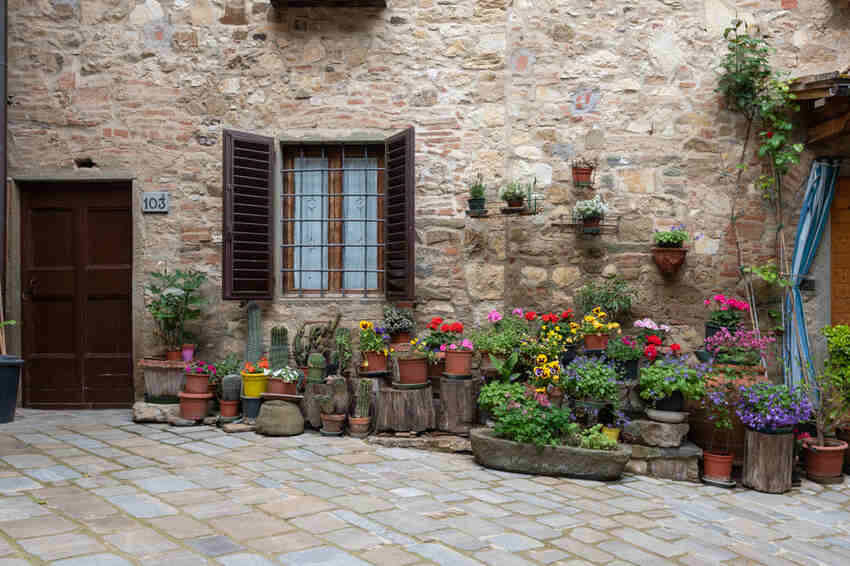
Ferns: Ferns prefer indirect light and high humidity Mist ferns regularly or use trays to maintain humidity.
Aids in plant growth
Some plants care activity may need extra support when growing, especially vines or tall plants such as tomatoes, pothos or monstera. Providing physical support will help keep the plant upright and promote healthy growth.
Stakes and trellises: Use stakes, trellises or plant cages to support tall or climbing plants. Tie the plant loosely to the support with soft ties or plant clips to avoid damaging the stem.
Training Vines: For grape plants, guide the vines in the direction you want them to grow by gently tying them to trellises or other supports. This helps prevent vines from tangling and keeps plant growth under control.
Lighting arrangement
Light is one of the most important factors in plant health. Even low-light plants need some sunlight to thrive, while others need bright, direct light. Here are some tips for managing your plant’s light needs:
• Monitor light exposure: Observe your plants regularly to make sure they are getting the right amount of light. If a plant’s leaves turn yellow or get stunted, it may not be getting enough light. Conversely, scorched or wilted leaves may indicate too much direct sunlight.
• Supplement with grow lights: In low-light environments or during the winter months, consider using grow lights to enhance natural light.
Rotate Plants: Rotate your plants periodically to ensure exposure to light. This helps prevent uneven growth and allows all parts of the plant to benefit from sunlight.
Winter Plants Care

During the colder months, plants require adjusting your routine to meet your plant’s changing needs process as it is less possible in terms of weather which slows their growth and requires less water and nutrients. Winter care involves adjusting your routine to meet your changing needs.
Waterless: Since plants need less water in winter, watering frequency should be reduced. Make sure the soil dries out between waterings to prevent root rot.
Humidity control: Indoor heating systems can dry out the air, so maintaining humidity is important. Mist your plants, place them on a humidity tray, or use a humidifier to prevent the air from drying out too much.
Avoid Fertilizing: Most plants do not need fertilizer during the winter months. Stop feeding them until spring when they start growing again.
Maximize light exposure: Place your plants near windows where they can get as much natural light as possible. If needed, supplement with grow lights.
General points for flowering plants
Know your plants: Different plants require different care, so research each species and follow specific instructions for watering, light, and soil requirements.
Specific research needs: Each flowering plant species has unique needs. Factors such as watering needs, light preferences, moisture levels, and soil type can vary widely.
Light Requirements: Some plants thrive in bright, direct sunlight (like sunflowers), while others prefer partial shade (like begonias). Understanding lighting needs will help you position your plants properly.
Soil Preferences: Different plants may require different types of soil. For example, orchids need a well-draining bark mix, while most flowering houseplants thrive in nutrient-rich soil.
Be patient: Plants take time to grow, so don’t expect rapid changes. Regular, consistent maintenance will pay off in the long run.
Check for root-bound plants: If your plant looks unhealthy despite proper care, it may be root-bound. Gently remove it from the pot to check the roots. If they are circling the pot, it’s time to do it again.
Nurturing your green companions

This section may focus on the emotional and psychological benefits of plant care, emphasizing the connection between plant care and overall well-being. Discuss how nurturing plants can enhance mindfulness, reduce stress, and create a harmonious living environment. Includes practical tips on how to develop a care routine, bond with your plants, and recognize their growth as a reflection of your nurturing efforts.
Mindfulness in Plant Care: Highlight how spending time with plants can serve as a form of meditation or relaxation.
Create a personal ritual: Suggest routines that incorporate plant care into daily life, such as morning watering sessions or evening plant inspections.
Rewards of nurturing: Talk about the joy of seeing plants flourish and how it can improve your mood and enhance your space.
Building a plant community: Encourage sharing plant care experiences with friends or joining plant hobbyist groups for support and encouragement.
conclusion
With the right knowledge of Plants care techniques, you can create a thriving indoor or outdoor plant environment that brings beauty, fresh air, and happiness to your space. Understanding your plant’s individual needs, practicing proper watering techniques, providing adequate lighting, and being on the lookout for pests are essential steps to being a successful plant parent.
The more you give your time to Plants care for your plants, the more rewarding the experience will be, as they grow and flourish under your Plants care.
In addition, monitoring for pests such as aphids, spider mites, or mildew ensures early intervention before damage spreads. By giving your plants the attention they need, you create an environment where they not only survive but thrive, enhancing the beauty of your space and the air quality.
Over time, you’ll find that the effort you put into plant care becomes a rewarding experience, as you’ll see improvements in the health and vitality of your plants, making your living more enjoyable. Both the space and your well-being will increase.



